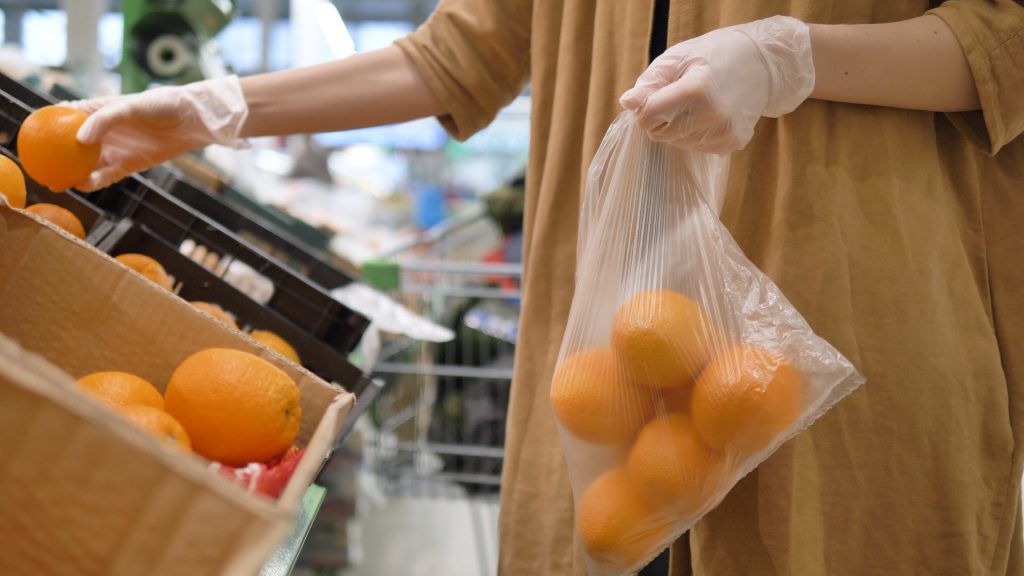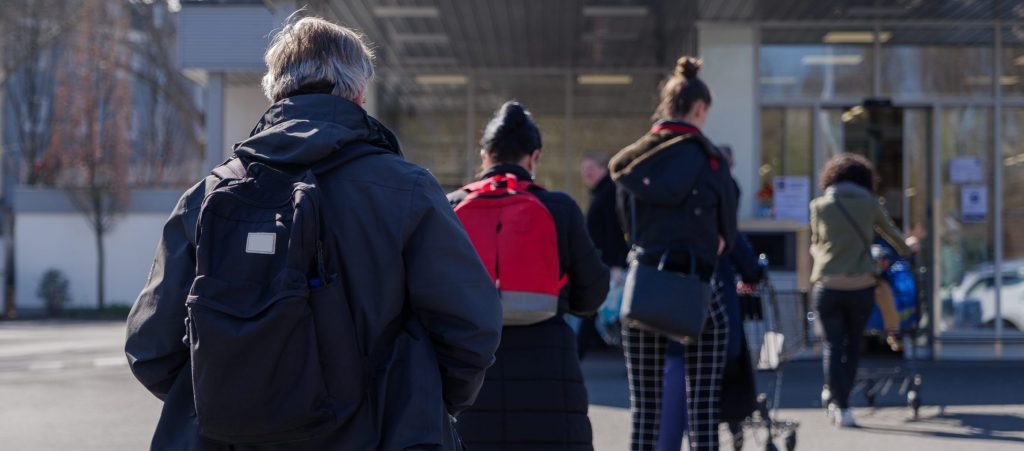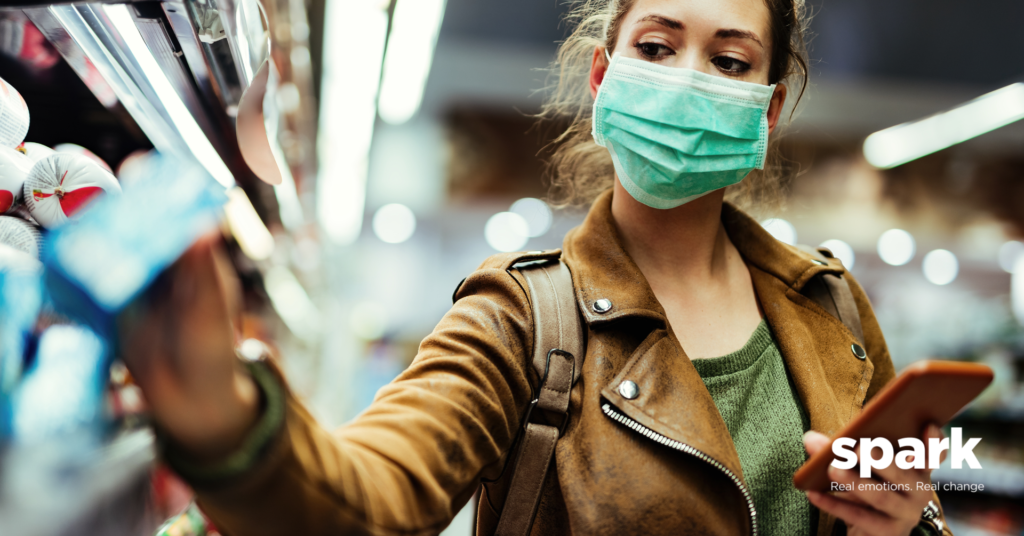What is buying on impulse? – Impulse buying is defined as an unplanned purchase of a product or service.
Whilst some shoppers are more prone to impulse buying than others, it is something we all do. According to Shopify data from 2018, 77% of shoppers reported buying something spontaneously.
While impulse buying takes place during both online and instore shopping, 79% of these impulse buys occur in physical shops, we all know that retailers have been designing their stores to capitalize on the spontaneous spender within you.

Shoppers are going back to the weekly shop during the pandemic
During the pandemic we have seen a real resurgence in weekly shopping, customers are on a much more focused mission to get what they need from their planned store visit. This has reduced browsing time for unplanned products and the retailers will need to think about their store design to adapt to this new way of shopping.
Many of the retailers have tried and tested approaches which encourage customers to impulse shop these have been stripped back as customers want an efficient experience with as little friction as possible.

Impulse shopping isn’t as easy as it was before the pandemic
Before the virus, window displays attracted and enticed you into the store this has dramatically changed over the last few months. Now you have to join the queue, pull on your mask, sanitize before entering, follow the arrows around the store until you get to it, and then risk buying knowing you’ll have to repeat the ordeal in order to return it.
In psychology, this is called the response effort, where a person will consider the level of effort they must sacrifice in order to successfully complete a desired task and this dictates the likelihood of them carrying out the behaviour.
Impulse buying relies on the purchase being easy, with a small response effort required. A pair of new shoes on offer in the window may have caught your attention but as your gaze pans across to the long queue forming you now think, actually they’re just not worth it.

The effect of wearing a mask on retail
On the 24th of July it became mandatory in the UK for all shoppers to wear a face covering while in store. While this measure will provide shoppers and staff with extra protection, we predict it will influence sales negatively.
Face masks can be quite bulky and restrict the wearer’s lower peripheral vision. Research into the consumer’s choice process has found that peripheral vision is used to guide a shopper’s visual attention when discriminating between target and non-target objects.
If your vision is obstructed by a mask, looking for that item becomes a whole lot harder. As you are exerting more effort to tick off the items on your shopping list, your mental availability and capacity to consider impulse purchases is reduced and you just want to get your stuff and leave as quickly as possible.
Understanding impulse shoppers will be crucial
The end to end physical and emotional shopping experience has drastically changed and will remain in this state of flux for the foreseeable future. Retailers will need to understand how their customers are feeling and adapting to these changes and what is required to give them confidence not all only to continue shopping but entice them away from their planned trip.

Written by David Thomas, Operations Director at Spark Emotions
If you have any questions, feel free to reach out to Scott via email david.thomas@sparkemotions.com or connect with him on LinkedIn





